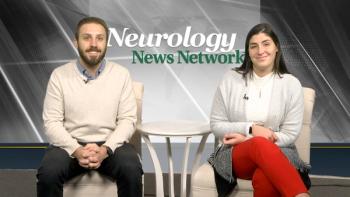
Neurology News Network for the week of November 24, 2018.

Neurology News Network for the week of November 24, 2018.
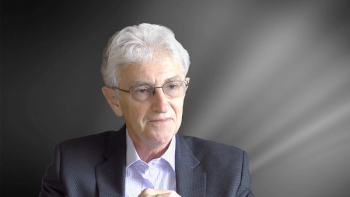
The Jim Turner Chair in Cognitive Disorders at the Vanderbilt University School of Medicine shared how the previous muscarinic agonists have better informed the development of this investigational agent, VU319.
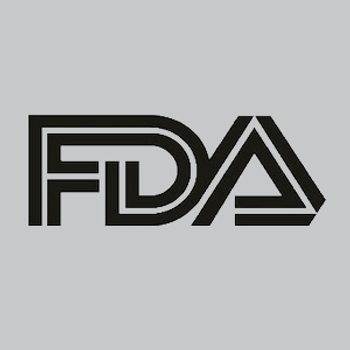
The agency warned that halting treatment with fingolimod could lead to rare but possible worsening of the condition, as well as permanent disability.

These findings are among the first in the United States to indicate an association between migraine and atrial fibrillation.

The director of the MedStar Georgetown University Hospital Headache Center shared her interest in the pipeline and the ongoing search for biomarkers in migraine.
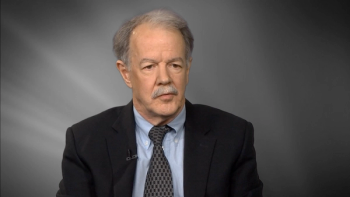
The director of Parkinson’s Disease and Movement Disorders Program at Henry Ford Hospital discussed this pipeline of therapies and the enhancement of the clinical understanding of the disease.
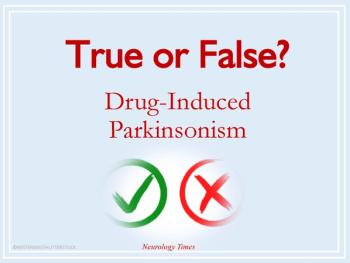
Does the atypical antipsychotic clozapine carry high risk for the development of drug-induced parkinsonism? What are DSM-5 criteria for the diagnosis of neuroleptic-induced parkinsonism? These questions and more in our quiz.

The director of the MedStar Georgetown Headache Center discussed ways to improve the patient-provider relationship and how primary care can get involved.

An increased risk of this condition in patients with migraine headaches has recently been recognized.

The director of the MedStar Georgetown University Hospital Headache Center stressed building a culture of teaching patients to be their own advocates and to build the relationship with the patient to better manage their migraines.

The positive topline results from Study 201 have led to the initiation of an open-label extension for the subjects previously enrolled in Study 201, which is set to begin later this year.

The director of the MedStar Georgetown University Hospital Headache Center discussed the development of acute care options for patients to improve their quality of life and the management of their condition.

The director of the Hartford Headache Center spoke about the trend toward device use in migraine treatment, and some of the reasons that may have prompted it.

Neurology News Network for the week of November 17, 2018.
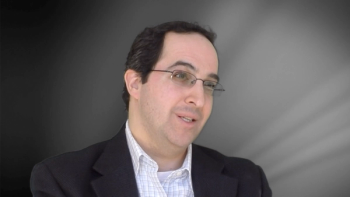
The director of the Hartford Healthcare Headache Center in Connecticut and lead investigator on the trial provided some insight into the study's findings.

As the scientific grasp of it gets tighter, ensuring physicians have an understanding of the diagnosis of and treatment options for cluster headache becomes of utmost importance.

Theranica, its developer, noted that it has completed regulatory submission for the device to the FDA, and that if approved, it plans to commercialize the product by the end of 2019.

The associate professor at NYU Langone discussed several of the questions that remained unanswered about the relationship between sleep and Alzheimer disease.

A 32-year-old woman presents with common symptoms that made up a rare diagnosis never seen by the neurologist in a decades-long career.

While studies support the use of cannabis for pain in adults, a lack of clinical data and an inability to perform studies has slowed the medical community’s understanding of the drug’s conceivable use in headache conditions.

The BAN2401 International Project Team Leader and Clinical Lead spoke about how the introduction of a novel, potentially disease modifying therapy would represent a paradigm shift in the field.

Eli Lilly intends to submit a supplemental biologics license application to the FDA for galcanezumab for the preventive treatment of episodic cluster headache by the end of 2018.

Albertson discussed this facet of stroke care, and all the things being done outside just the clinic to help improve outcomes.

If approved, lasmiditan could represent the first significant innovation for acute treatment of migraine in more than 2 decades.

The associate professor at NYU Langone discussed emerging evidence that suggests that sleep disruption results in higher levels of markers associated with Alzheimer disease.

The treatment options for carotid webs with ischemic strokes have not been extensively investigated, and multicenter observational studies are warranted.
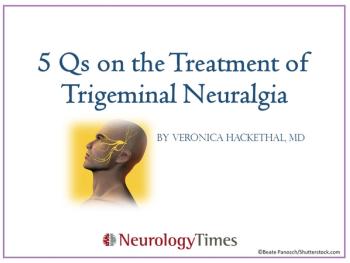
How much do you know about trigeminal neuralgia? Find out with this quick, 5-question quiz.

Therapies designed to treat neurologic conditions have made up 25% of the submissions to the FDA for a Regenerative Medicine Advanced Therapy designation.

The Carolyn and Matthew Bucksbaum Professor of Clinical Ethics at the University of Chicago spoke about the ethical considerations of spinal muscular atrophy and its treatment.
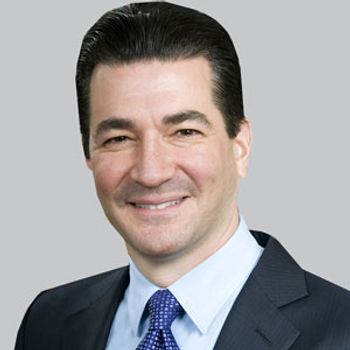
The product was being marketed for conditions including Alzheimer disease, fibromyalgia, spinal cord injury, multiple sclerosis, muscular dystrophy, Parkinson disease, and peripheral neuropathy, among others.